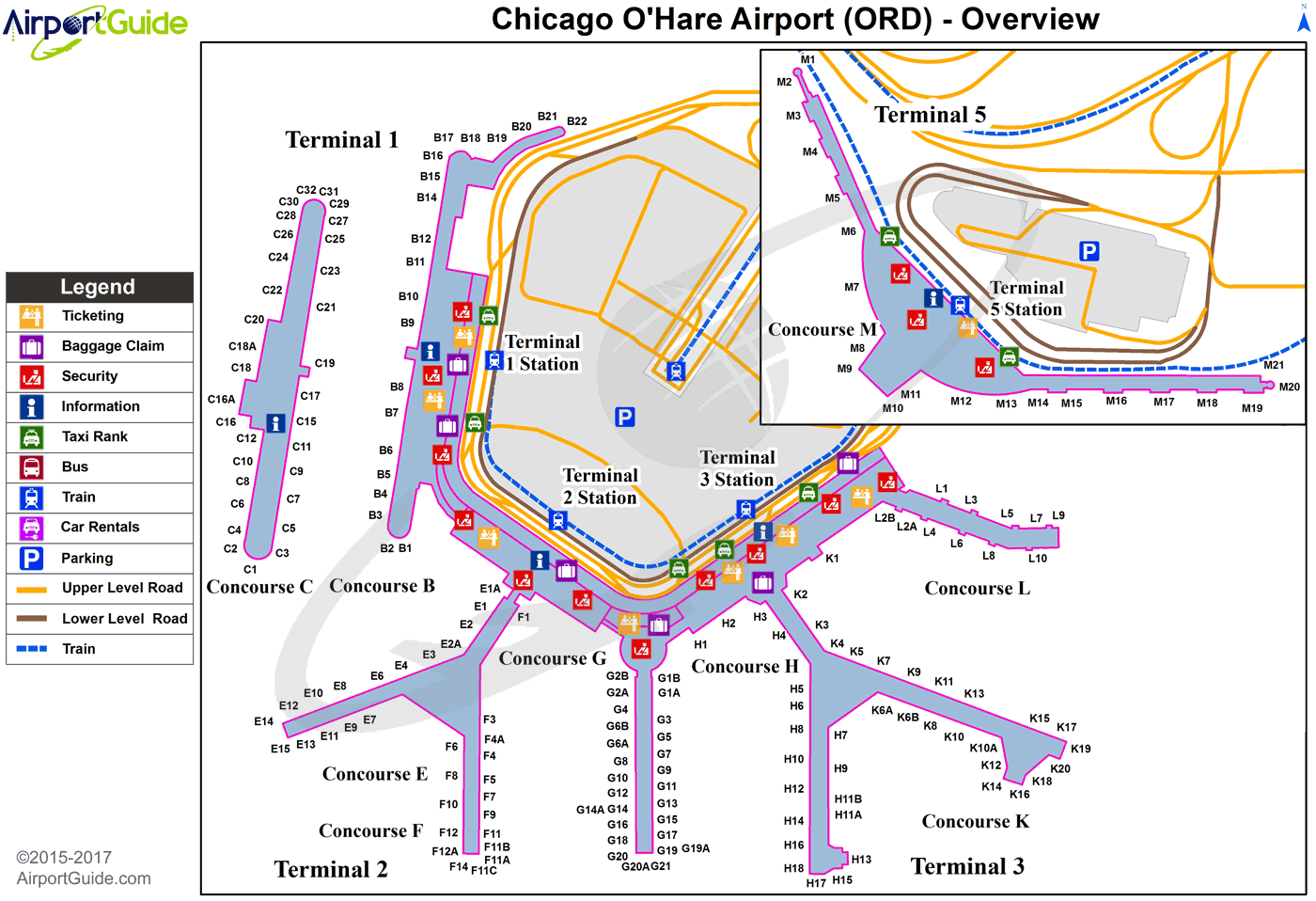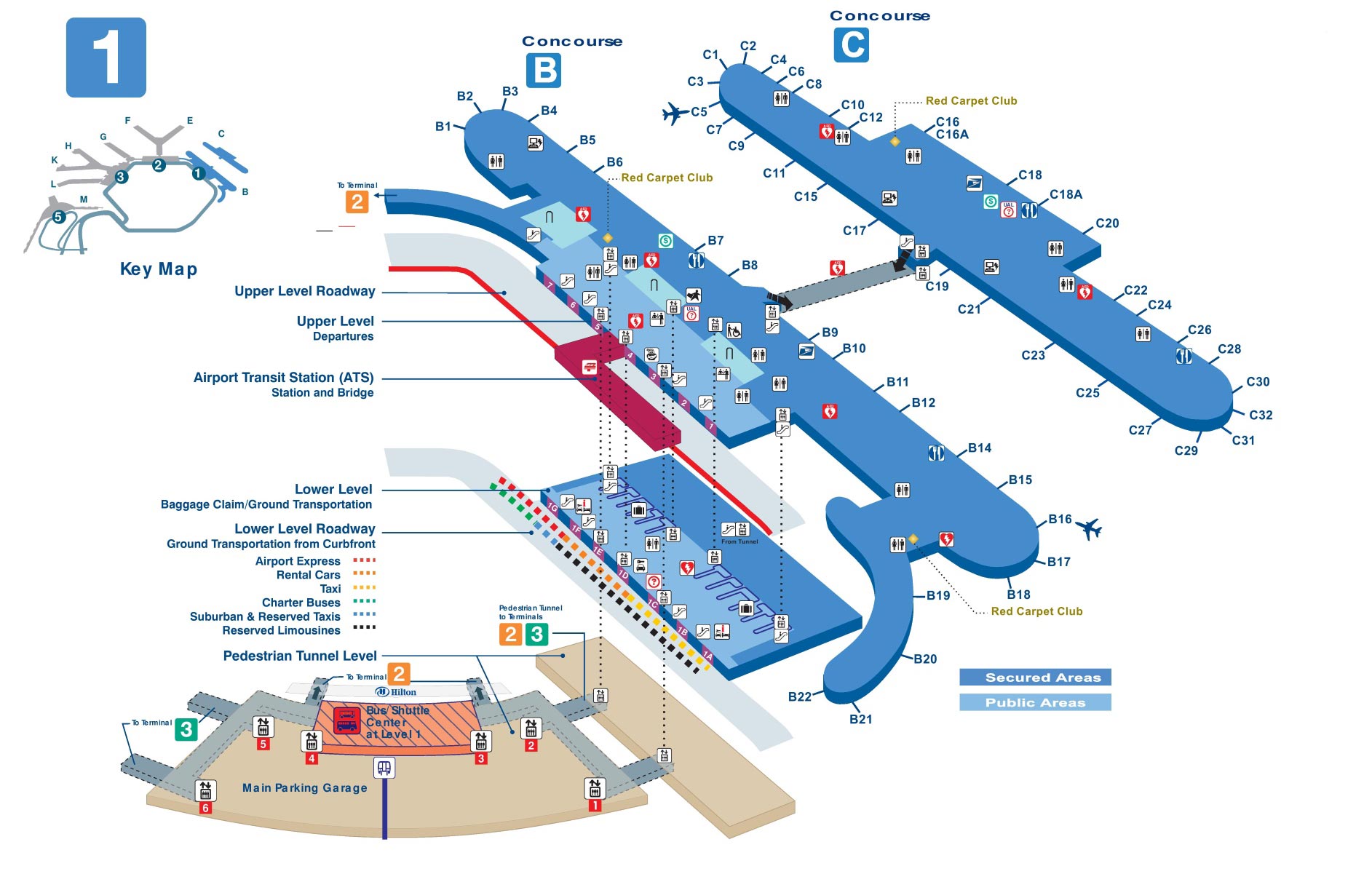“Okay, here is an article about O’Hare International Airport (ORD) written in English, aiming for approximately 2000 words.
Artikel Terkait Okay, here is an article about O’Hare International Airport (ORD) written in English, aiming for approximately 2000 words.
- Okay, Here Is An Article About Clearing Airport Security, Written In English, Aiming For Approximately 2000 Words.
- Madison Airport
- Okay, Here Is An Article About George Bush Intercontinental Airport (IAH) In English, Aiming For A Length Of Approximately 2000 Words.
- Okay, Here Is A Comprehensive Article About Denver International Airport (DIA) Parking, Aiming For Approximately 2000 Words.
- Okay, Here Is An Article About Gainesville Regional Airport (GNV) In English, Aiming For Approximately 2000 Words.
Table of Content
- 1 Artikel Terkait Okay, here is an article about O’Hare International Airport (ORD) written in English, aiming for approximately 2000 words.
- 2 Video tentang Okay, here is an article about O’Hare International Airport (ORD) written in English, aiming for approximately 2000 words.
- 3 O’Hare International Airport (ORD): A Comprehensive Look at a Global Aviation Hub
Video tentang Okay, here is an article about O’Hare International Airport (ORD) written in English, aiming for approximately 2000 words.
Okay, here is an article about O’Hare International Airport (ORD) written in English, aiming for approximately 2000 words.

O’Hare International Airport (ORD): A Comprehensive Look at a Global Aviation Hub
Chicago O’Hare International Airport (ORD) is more than just an airport; it is a sprawling metropolis of aviation, a vital artery in the global transportation network, and a powerful economic engine for the Midwest. Located approximately 17 miles northwest of downtown Chicago, O’Hare is one of the world’s busiest airports by passenger traffic and one of the top in terms of aircraft movements. Its sheer scale, complex operations, and historical significance make it a fascinating subject of study and a critical point of passage for millions of travelers each year. This article delves deep into the history, infrastructure, operations, passenger experience, and future of this iconic aviation hub.
A Rich History: From Orchard to O’Hare
The land that O’Hare now occupies was once a humble orchard. Its transformation into a major airport began during World War II when the United States needed a manufacturing plant for Douglas C-54 Skymaster military transport planes. The site was chosen for its proximity to rail lines and the city of Chicago. Construction began in 1942, and the facility, initially known as Douglas Airport, became a critical production site for the war effort.
After the war, the Douglas Aircraft Company vacated the premises, leaving behind a large airfield with significant potential. The City of Chicago recognized this potential and acquired the site in 1946. At the time, Chicago’s primary airport was Midway International Airport (MDW), located much closer to the city center. However, Midway’s relatively small size and limited runway capacity were becoming increasingly problematic as air travel grew rapidly in the post-war era, especially with the advent of larger jet aircraft.
The city envisioned the former Douglas Airport as a reliever field, initially calling it Chicago Orchard Field, retaining the "ORD" identifier from its previous name (ORcharD). In 1949, the airport was renamed Chicago O’Hare International Airport in honor of Edward "Butch" O’Hare, a U.S. Navy pilot and Medal of Honor recipient who grew up in Chicago and was the Navy’s first flying ace of World War II. The renaming was a significant moment, marking the airport’s intended future as a major international gateway.
Development was gradual at first, but the need for a larger airport became undeniable as Midway struggled to cope with the burgeoning traffic. In the late 1950s and early 1960s, O’Hare underwent massive expansion. A modern terminal complex was built, runways were extended and added, and the airport officially opened to commercial passenger service on a large scale in 1955, initially handling only international flights. Domestic carriers gradually shifted operations from Midway to O’Hare, a transition largely completed by 1962.
By the mid-1960s, O’Hare had surpassed Midway and quickly became the world’s busiest airport by passenger traffic, a title it held for many years. This rapid growth solidified its status as a premier global hub, attracting major airlines and connecting Chicago to destinations worldwide. The airport became synonymous with the jet age, symbolizing speed, connectivity, and the increasing accessibility of air travel.
However, maintaining the title of "world’s busiest" brought its own set of challenges. By the late 20th century, O’Hare was notorious for delays, particularly due to its complex and often weather-affected airspace, and its original parallel runway configuration which limited simultaneous landings and takeoffs in certain conditions. The need for modernization and increased capacity became a constant theme in the airport’s history.

A Colossus of Infrastructure: Scale and Layout
O’Hare’s physical footprint is immense, covering over 7,600 acres (approximately 31 square kilometers). This vast area is home to a complex network of runways, taxiways, terminals, cargo facilities, maintenance hangars, and support buildings.
Runways: One of O’Hare’s defining features is its extensive and evolving runway system. Historically, it operated with intersecting runways, a configuration that was efficient in earlier times but became a bottleneck for high-volume traffic, especially in low visibility. The O’Hare Modernization Program (OMP), initiated in the early 2000s and still ongoing in parts, aimed to reconfigure the runway layout into a more efficient parallel system. This involves decommissioning some older runways and building new ones. The current configuration includes eight runways, predominantly oriented in parallel east-west directions, designed to increase capacity and reduce delays, particularly in challenging weather conditions. Managing the air traffic in and out of O’Hare’s busy airspace is a monumental task handled by sophisticated air traffic control systems and highly skilled controllers.
Terminals and Concourses: O’Hare currently operates four passenger terminals: Terminal 1, Terminal 2, Terminal 3, and Terminal 5. These terminals are interconnected, though navigating between them often requires using the Airport Transit System (ATS) or walking significant distances.
- Terminal 1: Primarily serves as the global hub for United Airlines, a major Star Alliance carrier. Designed by architect Helmut Jahn, it is known for its modern, spacious feel and the iconic underground tunnel connecting Concourses B and C, featuring a vibrant neon light sculpture called "Sky’s the Limit." Terminal 1 is one of the busiest at O’Hare, handling a massive volume of domestic and international flights (arrivals).
- Terminal 2: Houses operations for several airlines, including Alaska Airlines, Spirit Airlines, and some United Express flights. It also serves as a crucial connector between Terminals 1 and 3. Terminal 2 is slated for significant redevelopment as part of the airport’s future expansion plans.
- Terminal 3: The main hub for American Airlines, a major Oneworld Alliance carrier, and also serves other airlines like JetBlue Airways. Terminal 3 is the largest terminal by area and gate count, featuring multiple concourses (G, H, K, L). It handles a mix of domestic and some international arrivals.
- Terminal 5: This is O’Hare’s primary international terminal for departures and handles most international arrivals for airlines not based in Terminals 1 or 3 (like United or American’s international arrivals). It serves a vast array of international carriers from around the world, as well as some domestic airlines like Delta Air Lines. Terminal 5 recently underwent a significant expansion and modernization project, adding gates, improving passenger amenities, and enhancing the customs and immigration facilities.


Collectively, these terminals boast over 200 gates, facilitating the simultaneous boarding and deplaning of numerous aircraft. The sheer scale means that getting from one end of a concourse to another, or transferring between terminals, can be a considerable undertaking.
Airport Transit System (ATS): To connect the sprawling terminals, parking lots, and the Multi-Modal Facility (housing rental cars and the Metra station), O’Hare utilizes the ATS, an automated people mover system. The ATS provides a convenient way for passengers and employees to navigate the vast airport complex without relying solely on walking or shuttle buses. After a period of modernization and upgrades, the ATS returned to full service, significantly improving inter-terminal connectivity.
A Global Hub of Activity: Traffic and Airlines
O’Hare’s status as a global hub is defined by the sheer volume of air traffic it handles and its role as a critical connecting point for passengers and cargo.
Passenger Traffic: O’Hare consistently ranks among the busiest airports in the world by passenger volume. While it has traded the "world’s busiest" title with airports like Atlanta (ATL), Beijing (PEK), and currently Guangzhou (CAN) or Atlanta (ATL) depending on the year and metric, it remains a top-tier global gateway, handling tens of millions of passengers annually. The passenger mix includes a significant number of origin and destination travelers flying to or from Chicago, as well as a massive volume of connecting passengers transiting through O’Hare on their way to other domestic or international destinations. This high percentage of connecting traffic is characteristic of a major hub airport.
Aircraft Movements: O’Hare is also one of the busiest airports in the world in terms
